Five Amur catfish aka Silurus asotus
- Thread starter thebiggerthebetter
- Start date
Asotus are lookin good Vik! Surprised how small there staying. not a bad thing tho. Seems this sp. grows even slower than the silurus meridonalis.
Thanks! I never thought of my water as that clear. I run a very primitive sump. It's just large, about 500 gal. No polishing. Lots of stationary sediment in the sump. Probably needs cleaning. Has been running for 3 years now without a clean. It'd be a pain. I am not looking forward to it.These are cool looking just like the wallago but more slender. Man Viktor your tank is crystal clear what kind of filtration are you running in your systems?
Well put. Yea, their moves are peculiar, especially the reverse, plus astonishing flexibility. They are eel-like. I also like how they swim sometimes, 2 or 3, one just under another nudging the top guy further out to the top. The top fish tries to escape, turns abruptly, but the bottom relents and they swim in unison. IDK. Maybe courtship or dominance thing, but it's the smaller guys that do this on the bottom. Perhaps they are male.Really fascinating mix of locomotion styles in these guys.
Thanks bro. Yea, I am a bit surprised too. Also, I've been seeing those photos picturing 3-footers that look bulky. My biggest 20-inchers look not that much thicker overall than 2' spiny eels they share the tank with.... Asotus are lookin good Vik! Surprised how small there staying. not a bad thing tho. Seems this sp. grows even slower than the silurus meridonalis.
Yea, found this description on FishBase that matches my observations of the underneath pushing: http://www.fishbase.org/summary/6566
Pairs manifest spawning embrace widely observed in other catfish species (Ref. 37360). Details of reproductive behaviour from Katano, et al (1988): " A male first energeticaly pursued a female with its head near to the female's belly (chasing) and then began to cling to the female's body from the side, bending its tail or head (clinging). Finally the male enfolded the female's body, with its anus near to the female's (enfolding). In some cases, 2-4 males pursued a single female and two males enfolded a female at the same time. Although no aggressive behaviour was evident between males, it was always the largest male that could almost frequently approach and enfold the female. The mating pair moved a long distance in a ditch, paddy field and/or creek, performing reproductive activities." The scattering of eggs may reduce the incidence of death of the young.
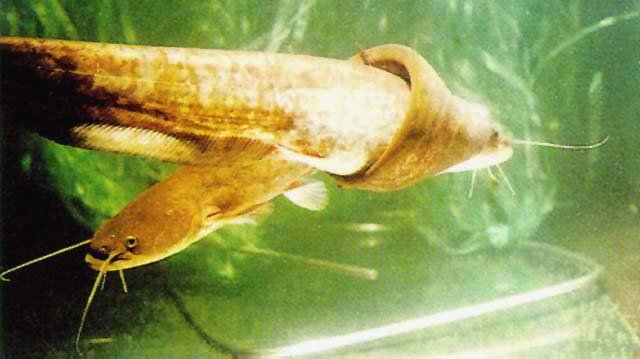
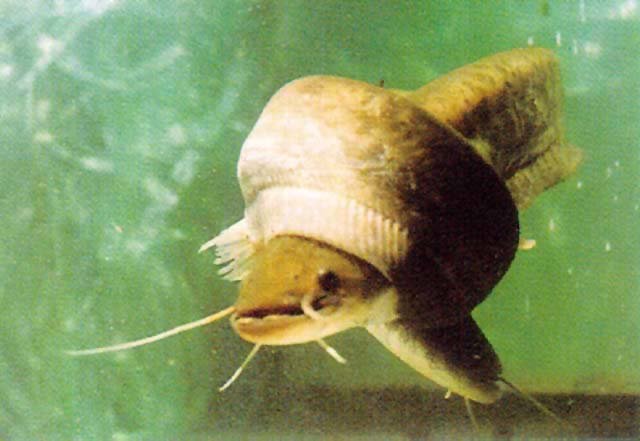
But I have only seen mine at first base, so to speak, the chasing; never seen this enfolding or clinging.
Pairs manifest spawning embrace widely observed in other catfish species (Ref. 37360). Details of reproductive behaviour from Katano, et al (1988): " A male first energeticaly pursued a female with its head near to the female's belly (chasing) and then began to cling to the female's body from the side, bending its tail or head (clinging). Finally the male enfolded the female's body, with its anus near to the female's (enfolding). In some cases, 2-4 males pursued a single female and two males enfolded a female at the same time. Although no aggressive behaviour was evident between males, it was always the largest male that could almost frequently approach and enfold the female. The mating pair moved a long distance in a ditch, paddy field and/or creek, performing reproductive activities." The scattering of eggs may reduce the incidence of death of the young.


But I have only seen mine at first base, so to speak, the chasing; never seen this enfolding or clinging.
Last edited:
Minus one catfish. Down to four.
They have grown up and been with a VATF tank mate for a long time, around 1.5-2 years and the VATF didn't bother them, nor they bothered it. Then the VATF, who reached 16" by then, suddenly turned on almost everything in that tank. Everyone was lying low on the bottom, in between the rocks and no one dared to swim in the water column anymore except 4 juvenile giant gourami and a Jack Dempsey.
All asotus and a W. leerii bore teeth marks of the VATF, especially near or on the tail, and one asotus was killed. Per ATF preferential strategy, they attack the tail first, damaging or removing it and largely immobilizing the victim, then proceed to bite chunks out of the victim's body.
The VATF was removed promptly and tried in a 4500 gal, only to get killed after the first night there. It was highly risky. I should have played it safe and placed it in another 240 gal but was hoping for a high reward and lost.
The remaining four asotus don't look like they grew much or at all, still around 14"-20", with the females (rounder and better-feeding) being the largest. Nothing else is of significance to report. When not attacked by VATF, they move around and play as usual. Feed very well, especially the supposed females.
The poor chap, ~14":
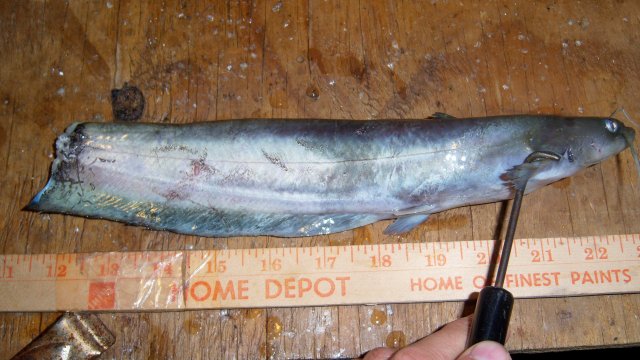
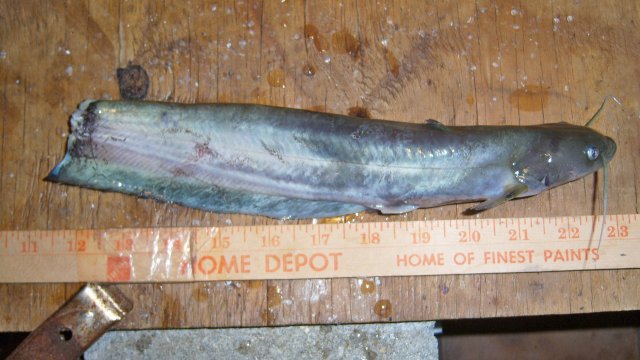
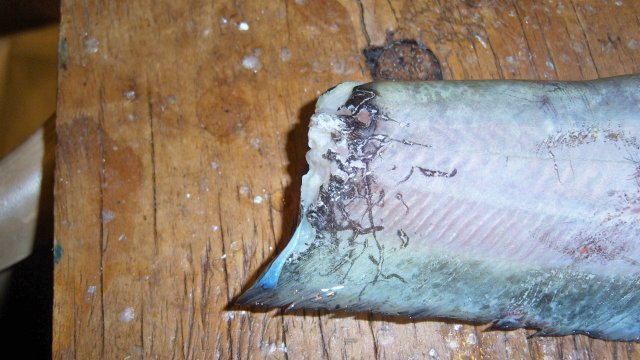
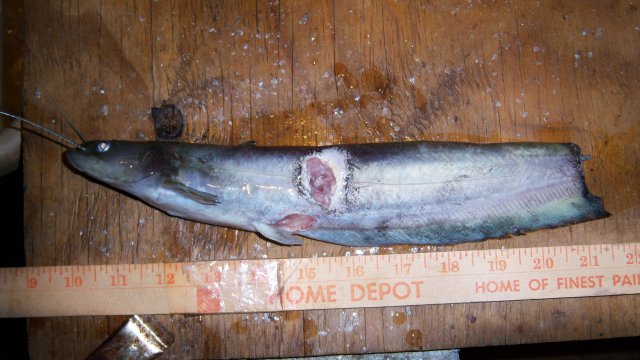
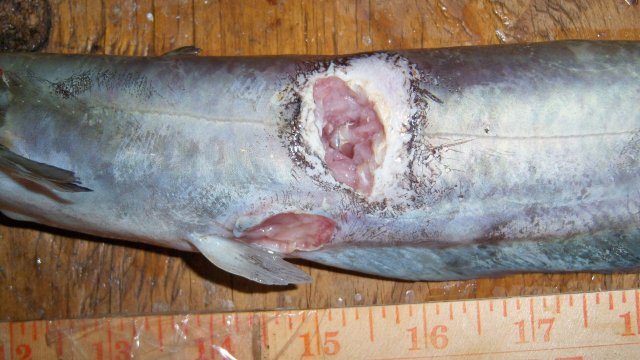
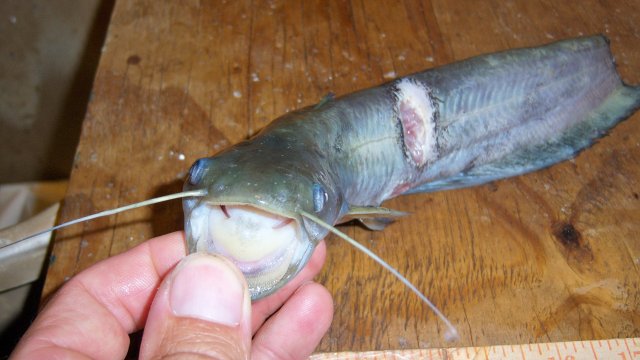
The offender's on the top:
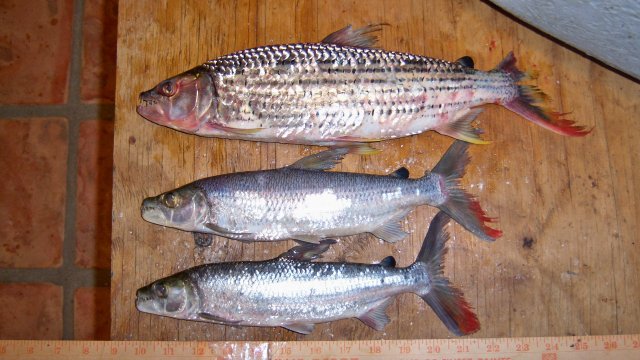
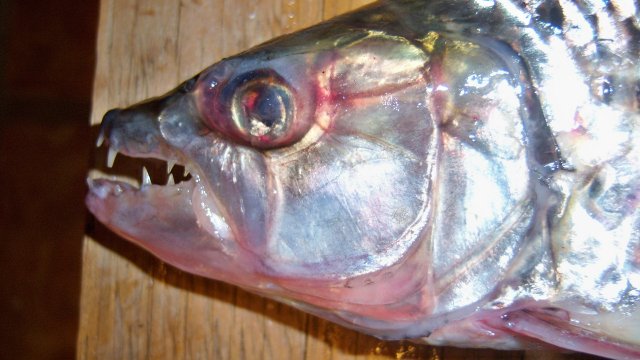
They have grown up and been with a VATF tank mate for a long time, around 1.5-2 years and the VATF didn't bother them, nor they bothered it. Then the VATF, who reached 16" by then, suddenly turned on almost everything in that tank. Everyone was lying low on the bottom, in between the rocks and no one dared to swim in the water column anymore except 4 juvenile giant gourami and a Jack Dempsey.
All asotus and a W. leerii bore teeth marks of the VATF, especially near or on the tail, and one asotus was killed. Per ATF preferential strategy, they attack the tail first, damaging or removing it and largely immobilizing the victim, then proceed to bite chunks out of the victim's body.
The VATF was removed promptly and tried in a 4500 gal, only to get killed after the first night there. It was highly risky. I should have played it safe and placed it in another 240 gal but was hoping for a high reward and lost.
The remaining four asotus don't look like they grew much or at all, still around 14"-20", with the females (rounder and better-feeding) being the largest. Nothing else is of significance to report. When not attacked by VATF, they move around and play as usual. Feed very well, especially the supposed females.
The poor chap, ~14":






The offender's on the top:


That really sucks. So if the offender is on top, how did it die? And what happened to all the GATFs?
Larger vatf in bigger tankThat really sucks. So if the offender is on top, how did it die? And what happened to all the GATFs?
It is described right in the post above yours. More is in the corresponding VATF and GATF threads of ours:That really sucks. So if the offender is on top, how did it die? And what happened to all the GATFs?
https://www.monsterfishkeepers.com/...ish-16-in-4500-gal.683787/page-6#post-7982178
https://www.monsterfishkeepers.com/forums/threads/six-gatf-from-wes.688913/page-7#post-7982355
Update. Not much to report. The four have grown little if any since the last time, perhaps between 16"-20" give or take. Got sick when I have had a breakout of something (perhaps columnaris) in all our tanks in 2018 but recovered, except one female / the biggest catfish lost one eye as a result.
They remind me of an African lung fish. Anyways, these guys look so happy. Their faces are absolutely adorable.Wesley Wong kindly transferred his last 5 Amur catfish to me in Aug 2015. They were ~5". Easy to feed. Very agile, boisterous. Eel-like flexibility and movement forward and backward. There is a definite enforced hierarchy and a difference in growth rates. Today the biggest are ~18", smallest ~12". Indifferent to tank mates unless it's a wels. Like to swim one right under the other with the one below pushing with its head at the one above, synchronously changing direction.
Them and their tank mates in 240 gal:
View attachment 1259775









